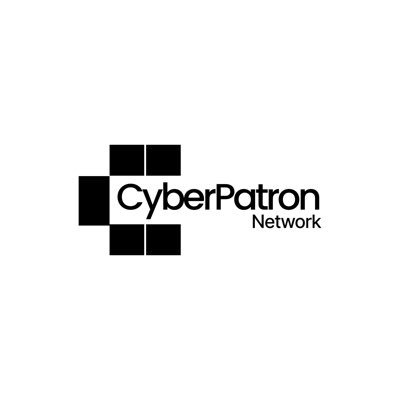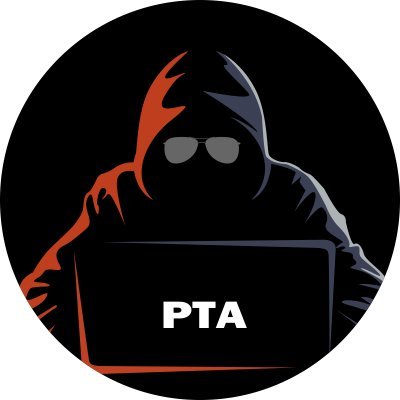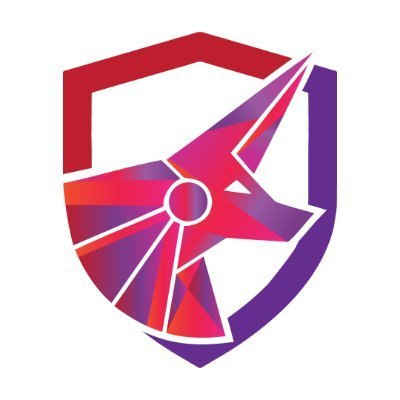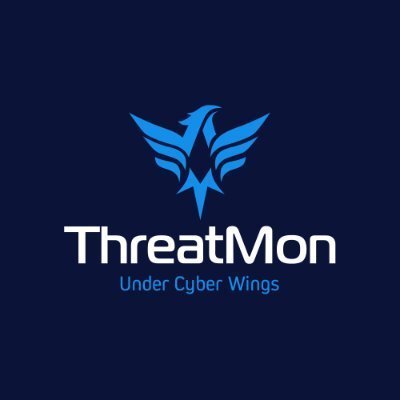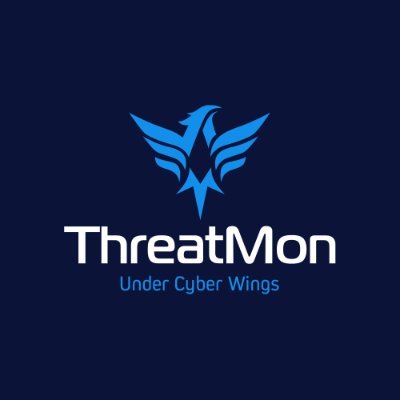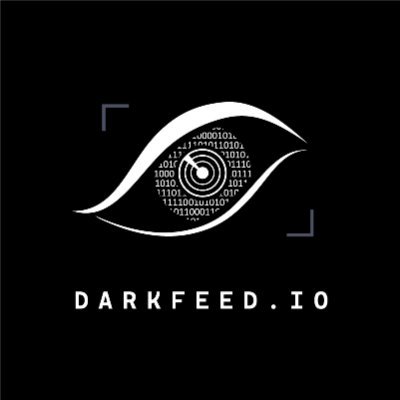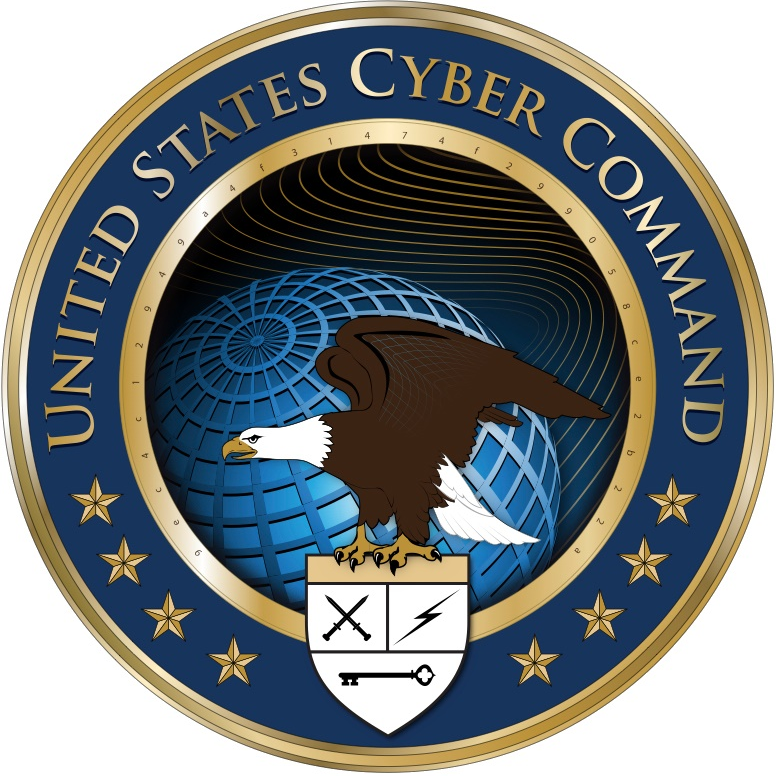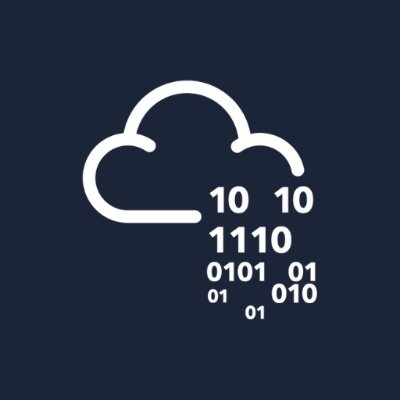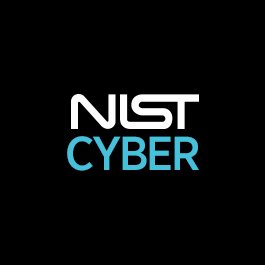
CyberrNotes
@CyberrNotes
Cybersecurity made clear. Educating the world, one byte at a time.
This account is dedicated to posting clear, practical pieces of cybersecurity knowledge. Nothing more, nothing less. Follow along. Learn something real. #CyberSecurity #InfoSec #Hacking #RedTeam #BlueTeam
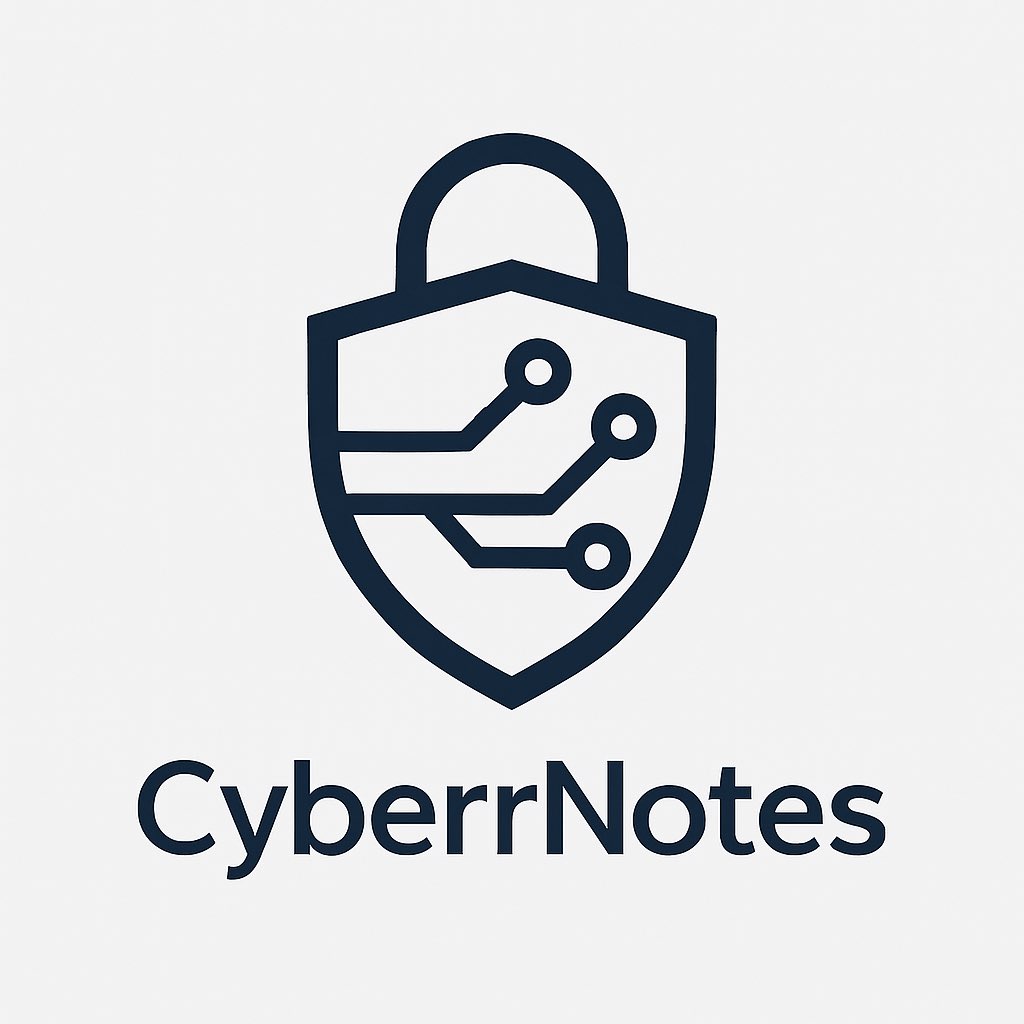
CompTIA Sec+ Insight TLS operates at Layer 7 but initiates at Layer 4 (TCP handshake). Understanding this helps explain why firewalls and packet inspectors can’t always see encrypted payloads. Know your OSI layers — they matter. #SecurityPlus #CompTIA #CyberSecurity #TLS #OSI
Threat actors don’t break in — they log in. Credential stuffing, session hijacking, and MFA fatigue attacks are becoming the go-to entry points. Implement passwordless auth, enforce session timeouts, and monitor abnormal login patterns.” #CyberSecurity #BlueTeam #ThreatDetect
What is a SOC? A Security Operations Center is the front line of cyber defense. SOC teams: •Monitor networks 24/7 •Detect & respond to threats •Investigate incidents Think of them as the digital security guards for your organization. #CyberSecurity #SecurityPlus #SOC
A type of cryptographic attack that forces a network protocol to revert to its older, less secure version is known as: a. Downgrade attack b. Replay attack c. Deauthentication attack d. Spraying attack
[Authorization vs Authentication] Authentication = Who you are Authorisation = What you’re allowed to do Just because someone logs in doesn’t mean they should access everything. Use “least privilege”. #CyberSecurity #Authorization #AccessControl #SecurityPlus #InfoSec
The CIA Triad is the foundation of cybersecurity: • Confidentiality – Protect data from unauthorized access • Integrity – Ensure data hasn’t been altered • Availability – Keep systems and data accessible when needed Every security policy should address all three. #CyberSec
If you’re using the same password for multiple accounts, you’re not just making life easier for yourself—you’re making it easier for hackers too. Use different complex passwords and store them using a password manager. 🔒Stay safe, stay smart. #CyberSecurity #Passwords
Multi-Factor Authentication (MFA) enhances account security by requiring two or more forms of verification — typically something you know (password) and something you have (a code or device). It significantly reduces the risk of unauthorized access. #CyberSecurity #MFA #Data

What’s the difference between a vulnerability and an exploit? A vulnerability is a weakness. An exploit is the method used to take advantage of that weakness. One is the door. The other is how they get through. #CyberSecurity #InfoSec #BlueTeam #RedTeam #CyberBasics
🔐 What is Cybersecurity? Cybersecurity is the practice of protecting systems, networks, and data from digital threats. It involves securing information, preventing unauthorized access, and defending against cyber attacks. 🔒 Stay secure! #CyberSecurity #InfoSec #Tech
United States Trends
- 1. Purdy 15.8K posts
- 2. #WWERaw 30.8K posts
- 3. Panthers 25.2K posts
- 4. Mac Jones 3,343 posts
- 5. Jaycee Horn 1,434 posts
- 6. 49ers 27.4K posts
- 7. Gunther 10.7K posts
- 8. Melo 16.1K posts
- 9. #FTTB 3,640 posts
- 10. #KeepPounding 4,096 posts
- 11. Niners 3,745 posts
- 12. #RawOnNetflix 1,228 posts
- 13. Canales 9,520 posts
- 14. Syracuse 6,439 posts
- 15. #CARvsSF N/A
- 16. Mike Jack N/A
- 17. Kittle 2,782 posts
- 18. Mark Kelly 147K posts
- 19. Comey 212K posts
- 20. Dowdle 1,771 posts
Something went wrong.
Something went wrong.

